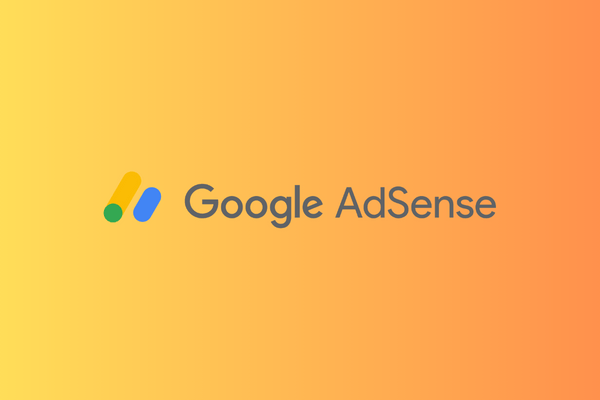A Roadmap to Unlocking Your Website's Earning Potential
Maximizing Your Revenue with Google AdSense:
Are you a content creator looking to monetize your website or blog? Or perhaps you’re a small business owner seeking additional revenue streams online? Google AdSense might just be the solution you’ve been searching for. In this guide, we’ll delve into the world of Google AdSense, exploring what it is, how it works, and most importantly, how you can maximize your earnings through this powerful advertising platform.
What is Google AdSense?
Google AdSense is a program run by Google that allows website owners and publishers to monetize their online content through the placement of targeted ads. These ads are administered, sorted, and maintained by Google, and website owners can earn money based on factors such as impressions and clicks.
How Does AdSense Work?
The process of earning revenue through Google AdSense is straightforward. Here’s a simplified breakdown:
Apply and Get Approved: The first step is to apply for an AdSense account through Google. Once you’ve submitted your application and your site is approved, you’ll gain access to the AdSense dashboard.
Ad Placement: After approval, you’ll be provided with a code snippet that you need to place within the HTML of your website. This code allows Google to display relevant ads on your site.
Ads Displayed: Google’s algorithms analyze the content of your pages to deliver targeted ads that are relevant to your audience. These ads can be in various formats, including display ads, text ads, or even video ads.
Earn Revenue: You earn money when your visitors interact with these ads. This interaction could be through clicks or impressions, depending on the type of ad.
Tips for Maximizing AdSense Revenue:
Now that you understand the basics of AdSense, let’s explore some strategies to help you maximize your earnings:
1. Quality Content is Key
- Ensure your website has high-quality, engaging content that attracts and retains visitors. The more traffic you have, the more opportunities for ad clicks and revenue.
2. Optimize Ad Placement
- Experiment with ad placement to find what works best for your site. Generally, ads placed above the fold (the portion of the page visible without scrolling) tend to perform well.
3. Use Multiple Ad Units
- Don’t shy away from using multiple ad units on a page, as long as it doesn’t compromise user experience. A combination of text and display ads can be effective.
4. Enable Responsive Ads
- With the increasing use of mobile devices, make sure to enable responsive ads that adjust their size and format based on the user’s device. This ensures optimal viewing and click-through rates.
5. Target High-Paying Keywords
- Research and target high-paying keywords within your niche. Ads related to these keywords often generate more revenue per click.
6. Regularly Monitor Performance
- Use the AdSense dashboard to monitor your ad performance regularly. Identify which ad units are performing well and which ones may need adjustments.
7. Experiment with Ad Types
- Google AdSense offers various ad types, including text, display, and video ads. Experiment with different types to see which ones resonate best with your audience.
8. Stay Compliant with Policies
- Adhere to Google’s AdSense policies to avoid penalties. Violations can lead to a suspension of your account and loss of revenue.
9. Consider A/B Testing
- Conduct A/B tests to compare different ad placements, colors, and sizes. This data-driven approach can help you optimize for higher earnings.
10. Build a Strong SEO Strategy
- Improve your site’s search engine optimization (SEO) to attract organic traffic. More traffic means more potential ad clicks.
Conclusion
Google AdSense is a program run by Google that allows website owners and publishers to monetize their online content through the placement of targeted ads. These ads are administered, sorted, and maintained by Google, and website owners can earn money based on factors such as impressions and clicks.


Nice